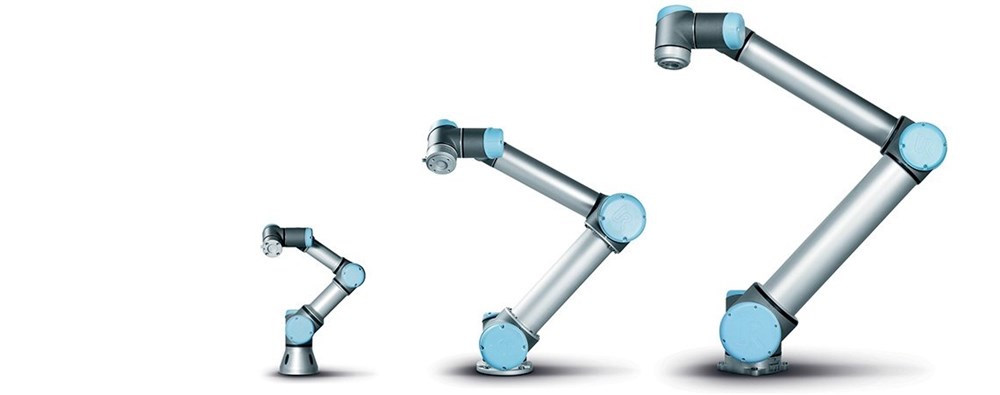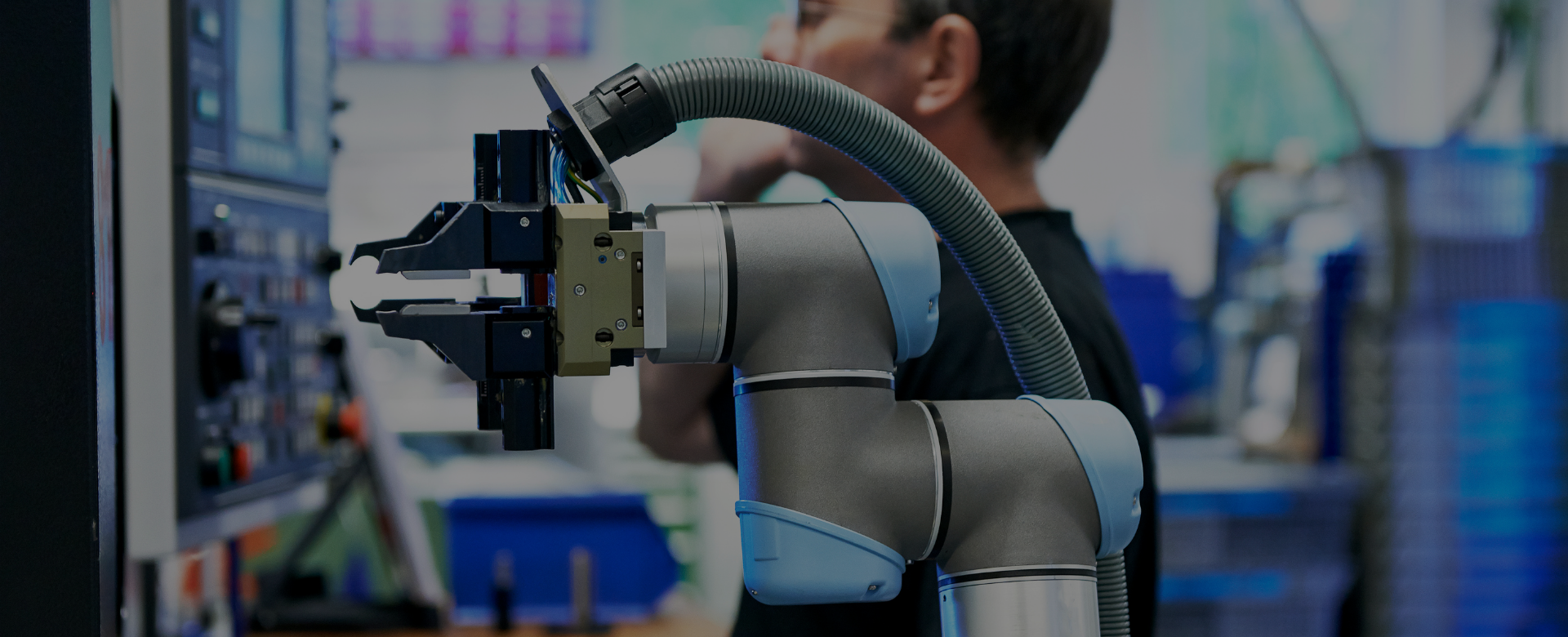For small and mid-sized manufacturers who are exploring robotics, the decision on 3-axis or 6-axis movement typically comes down to processing requirements and price. For simple pick-and-place requirements such as inserting and removing parts from a mold, a 3-axis robot may be all you need. But a robot is a long-term investment that should meet your requirements today and for years to come. The simple process that you’re considering automating now can easily become more complex over time. You may also find that your initial foray into robotics inspires many new applications for automation, and those may require more sophisticated movement. Fortunately, the decision doesn’t have to be complicated if you can get the advantages of a flexible, long-life 6-axis robot for the price of a 3-axis robot.
A 3-axis robot follows a standard X-Y-Z definition of three-dimensional space. These robots can reach forward and back, from side to side, and up and down. In contrast, a 6-axis robot has an articulated arm that allows for movement that is more similar to that of a human arm. It can rotate, bend, and move in an arc. That maneuverability means these 6-axis robots can grip objects at different angles and can rotate or tilt parts, making them ideal for more sophisticated pick-and-place applications. It typically also makes them more expensive. But every robot arm from Universal Robots offers the cost advantages of a 3-axis robot with the flexibility and maneuverability of a 6-axis robot.
For UR customer Oticon, the world’s second-largest hearing aid manufacturer, that was critical. As hearing aid components became increasingly smaller, Oticon’s older 2- and 3-axis robots were no longer up to the task. For instance, if a small part got stuck in the mold, the robotic arm couldn’t perform the required lateral and vertical movements to tip it out. Oticon installed new, 6-axis UR robot arms, which can easily rotate or tilt parts to lift them quickly out of the mold. The robot’s flexible deployment was also important. Arne Oddershede, group leader of the maintenance unit at Oticon, explains, “Since we produce different batch sizes and components when developing new products, it must be possible to easily reprogram the robot. With a traditional robot, this involves a computer and requires specially-trained staff. But with the UR5, any member of the technical staff can literally grab the robot and show it the motion sequence using waypoints.”











